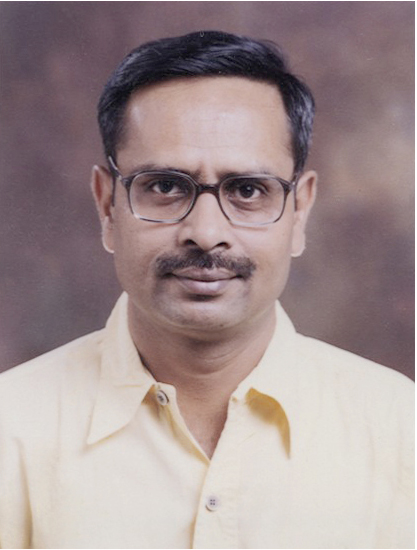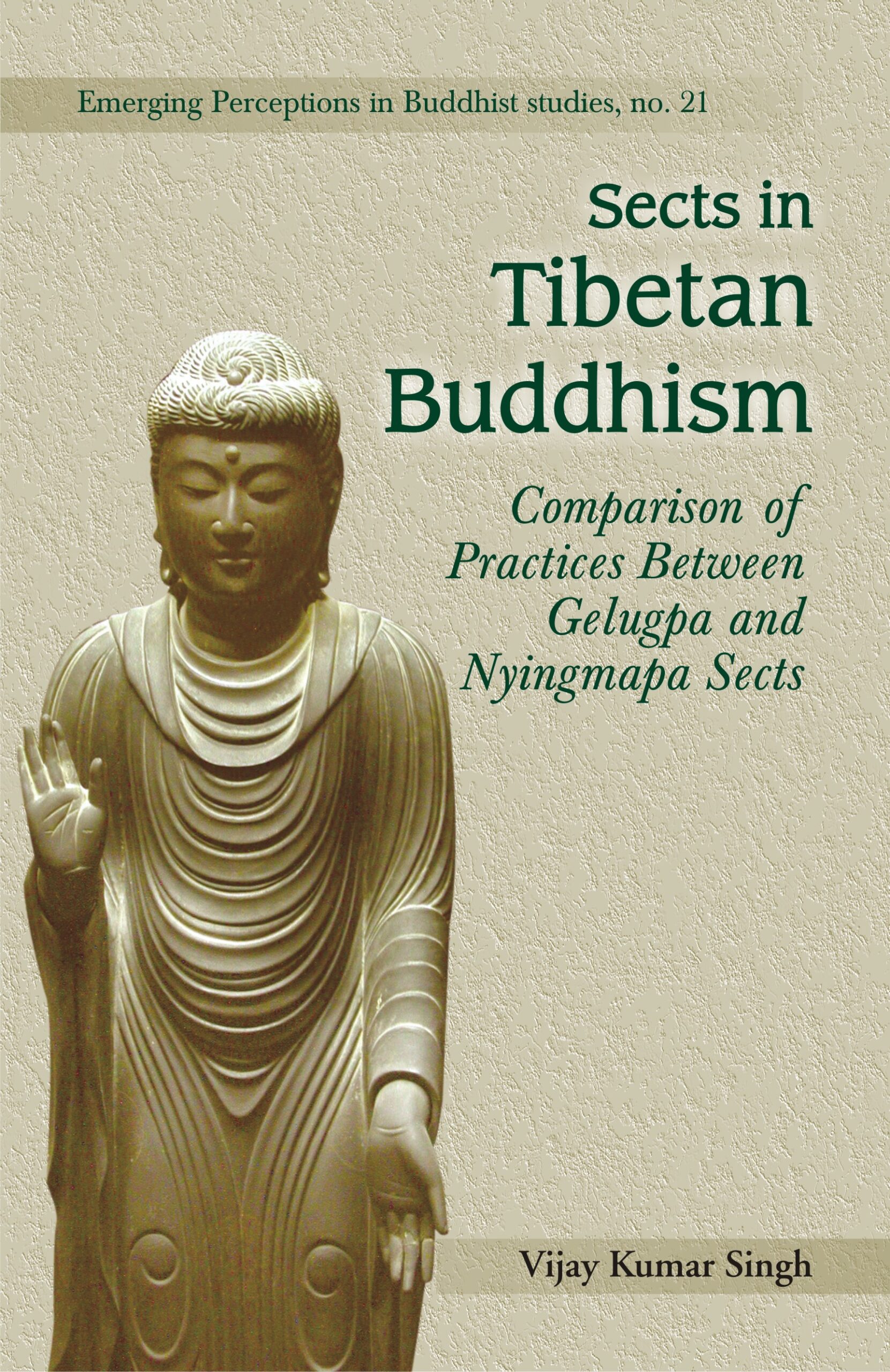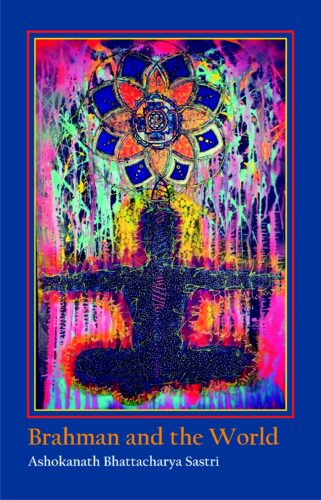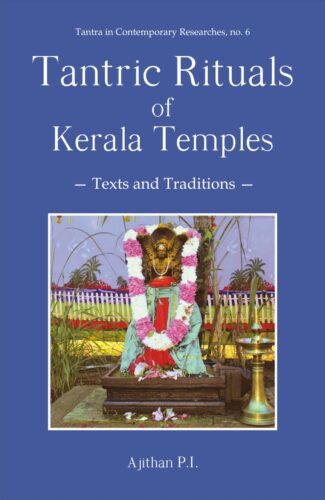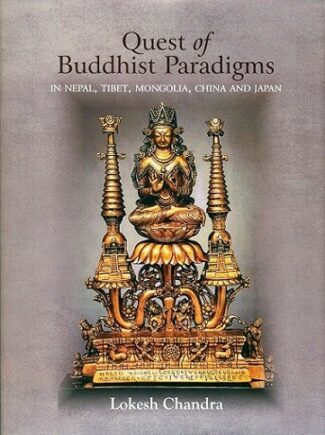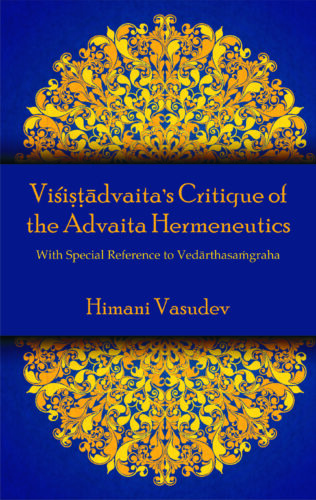-
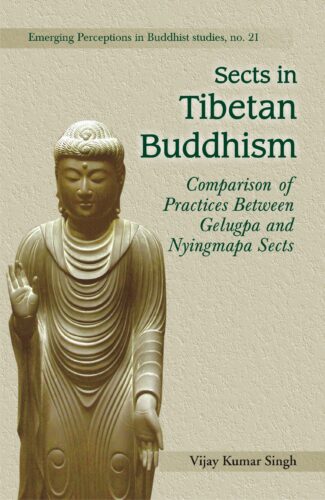

Sects in Tibetan Bud...
Sects in Tibetan Buddhism
Comparison of Practices Between Gelugpa and Nyingmapa Sects by: Vijay Kumar SinghThe teachings of Buddha are timeless and priceless and can answer most of the problems that the materialistic world faces today. Nyingma, the first-ever sect of Buddhism in Tibet introduced by Padmasambhava of India, and Gelug, the fourth sect in succession, are dealt with in detail in this book.
₹630.00
ISBN: 9788124603307
Year Of Publication: 2006
Edition: 1st
Pages : xv, 184
Bibliographic Details : Glossary; Bibliography; Index
Language : English
Binding : Hardcover
Publisher: D.K. Printworld Pvt. Ltd.
Size: 23 cm.
Weight: 475
The teachings of Buddha are timeless and priceless. The eightfold path as preached by Buddha is still relevant and concurrent with non-violence and compassion in its central point and can answer most of the problems that the materialistic world is facing due to ignorance as its root cause. The Tibetan books were well preserved by the Lamas in their monasteries throughout centuries and in live conditions. India, once the source of religion for Tibet, lost its Buddhist treatises during the past few centuries. Tibetan Buddhist treatises are considered the most authentic source for restoration of Buddhist teaching in the Indian sub-continent. Nyingma, the first ever sect of Buddhism in Tibet was introduced by Padmasambhava of India and still it is in practice. The Gelug sect is the fourth in succession and it claims to have the largest number of followers not only among Tibetans but also popular in the eyes of Western Buddhists, beside others, since more and more Gelug monks are invited to deliver lectures about Buddhism in the West. The responsible factors, inter alia, are perhaps the simplified and elaborate teachings about the altruistic state of mind i.e. Bodhicitta, great compassion, teachings on calming the mind and discerning the real (zhi Nas and Lha Thon) which carry most of the answers to the problems which the world is facing. The present book is an attempt to disseminate the teachings of Buddha from the purest available sources i.e. Buddhism in Tibet. It is a tribute to the peace loving Tibetans who have lost their homeland but still preserve the Buddhist teachings among themselves.
Preface
Abbreviations
Introduction
1. Buddhism in India
2. Buddhism in Tibet
3. Nyingma School of Buddhism
4. Terton and Other Practices of Nyingma
5. Emergence of Schism in Buddhism
6. Heritage of Tibetan Translated Literature
7. Gelugpa School of Buddhism
8. Stages of Path and other Practices of Gelug School
Conclusion
Glossary
Bibliography
Index

